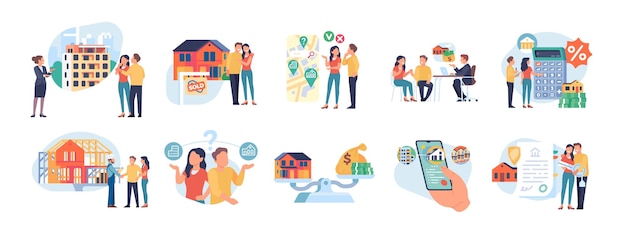Buying a house is more than just the sticker price. There are a bunch of hidden costs that can sneak up on you after you’ve sealed the deal. Let’s break them down.
First, there are the obvious costs that come with owning a home: your monthly mortgage payment, home insurance, property taxes, general maintenance, and utilities. If you stick to my 30/30/3 rule for home-buying, you should be able to afford these even if you lose your job for a year or two.
But there are also some unexpected costs that can catch you off guard. Here are some of them:
-
Curtains and blinds: Home stagers often remove curtains and blinds to make the house look bigger and brighter. But once you move in, you’ll need to buy your own. I was shocked when I got a quote for $25,600 for custom curtains and blinds. After some haggling, I managed to get it down to $9,800, but that’s still a hefty sum!
-
Bidets and washlets: If you’re a fan of bidets like me, you’ll want to install them in your new home. But this can be tricky if the toilets are wall-hung with tanks inside the walls and no water line access. I ended up spending about $7,400 on five Toto washlets and their installation.
-
Changing all the locks: For security reasons, it’s a good idea to change all your locks and codes once you move in. This cost me $250.
-
Security system: Setting up a security system can be more complicated than you think, especially if it involves multiple cameras, zones, and sensors. I ended up spending $1,950 on a new system and installation.
-
Broken appliances: Even after testing all the appliances during the home inspection, you might still find something broken after you move in. For example, I didn’t test a full load of clothes in the washer and dryer, and ended up with a flooded laundry room.
-
Higher utility bills: If you’re moving to a bigger house or a different climate, expect your water and electricity bills to go up.
-
New furnishings: If you’re moving into a larger space or just want a change of scenery, you’ll need to budget for new furniture. This can easily run into the tens of thousands.
-
Replacement appliances and devices: Don’t assume that the house will come with all the usual appliances and devices. Always clarify what’s included in the sale.
-
Landscaping and tree maintenance: If your new home has a yard, you might need to hire a landscaper or pay for tree maintenance. This can cost thousands of dollars.
-
The cost of owning your old home: If you haven’t sold or rented out your old home before buying a new one, you’ll have to cover the costs of both.
Remember, these costs should no longer be surprises now that you’re aware of them. A good rule of thumb is to budget 1% of the cost of your home for ongoing maintenance expenses. And always keep an eye out for water damage, which is a common surprise cost of owning a home.
If you want to invest in real estate without all the hassle and unexpected costs, consider platforms like Fundrise and Crowdstreet. They offer funds that invest in residential and industrial properties in the Sunbelt, where valuations are lower and yields are higher. I’ve personally invested $954,000 in private real estate since 2016 to diversify my holdings and earn more passive income.
And finally, don’t forget to subscribe to my podcast and sign up for my free newsletter for more financial advice and insights.
